A frosty walk
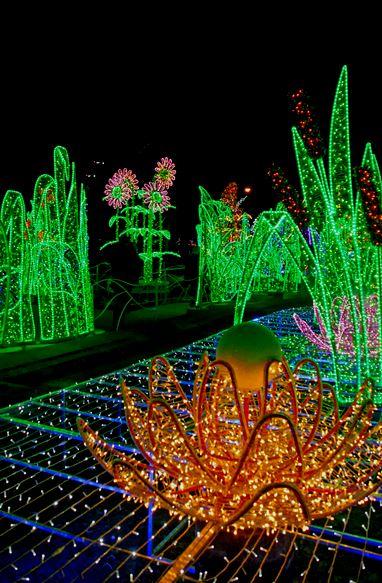
January 1st is the shortest day of the Year because the morning starts around noon. That is, unless we spent New Year's Eve taking care of our liver and head, and after drinking a New-Year toast went directly to bed. For the majority of us it is a lazy, sleepy day aimed more at taking a nap or reading a book under a blanket than at any physical activity.
It is worse if at 7:30 in the house two little, well-rested human beings are running around. We have to get up, wake ourselves up with a bucket of black coffee and prepare an honest breakfast. Later on we put some cartoons on the TV and lethargically pretend that we do not exist. Unfortunately, the amount of unused energy in the body of a young person is usually inversely proportional to the tolerance level of "tired" parents.
My children were able to remain inactive only until after dinner time. As skating and swimming could not be taken into account for obvious reasons, we decided to take a walk. As a matter of fact I decided, because the man of the house adamantly refused to go anywhere.
I reminded myself that since the autumn it has been possible to see the King's Garden of Light in Wilanów Park, so we went for a frosty evening walk to Wilanów.
It was beautiful. Thousands of colorful lights create a mysterious garden where you feel like you are in Alice's Adventures in Wonderland. In the courtyard you can take a picture in the royal golden carriage and try to listen to the light drops falling from a huge light fountain.




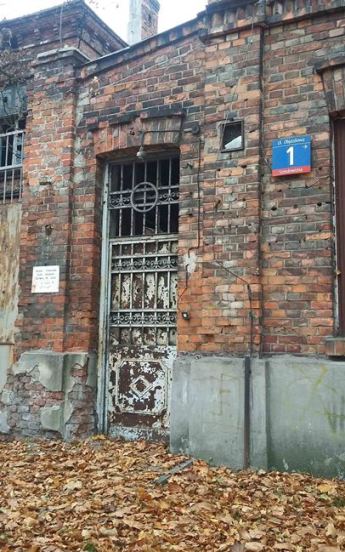
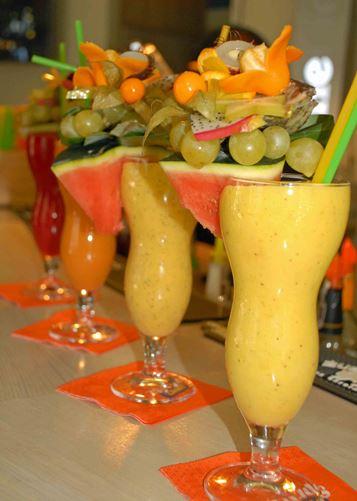
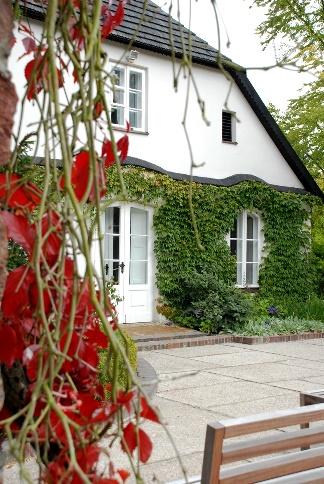
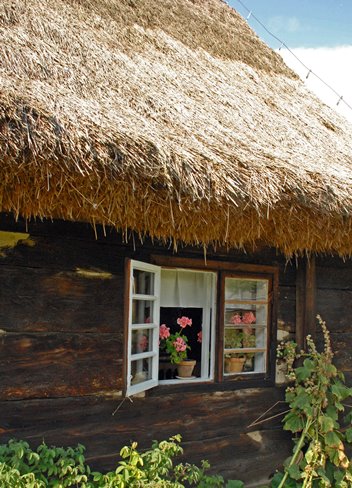 When we ask kids today where meat and eggs come from, they will answer - from the shop. It is good that at least they do not think that milk comes from a violet cow. Lucky are those people who have families living in the countryside and can show their children a cow at pasture, a pig in a pigsty and a chicken pecking for grain. Unfortunately, such villages are seldom found.
When we ask kids today where meat and eggs come from, they will answer - from the shop. It is good that at least they do not think that milk comes from a violet cow. Lucky are those people who have families living in the countryside and can show their children a cow at pasture, a pig in a pigsty and a chicken pecking for grain. Unfortunately, such villages are seldom found.